-

- Author e-FILLERS Team
- May 2nd, 2025
CE Marked vs. FDA Approved Aesthetic Products

When sourcing aesthetic products like dermal fillers, toxins, and skinboosters, you'll often come across terms like CE marked and FDA approved. But what do these certifications actually mean? And how do they impact the safety, quality, and legality of the products you use in your clinic?
In this guide, we break down the key differences between CE and FDA regulatory systems, so you can make informed decisions when choosing the best injectables for your practice.
What Is a CE Mark?
The CE mark stands for "Conformité Européenne" and is used on products sold within the European Economic Area (EEA). It indicates that a product complies with EU safety, health, and environmental protection requirements.
For medical devices — including aesthetic injectables — CE marking means:
The product has been tested for performance and safety
The manufacturer meets the Medical Device Regulation (MDR) standards
The product can legally be marketed and sold within Europe
Most aesthetic injectables available in the EU (like dermal fillers, skinboosters, polynucleotides) carry a CE mark and fall under Class III medical devices.
What Does FDA Approved Mean?
The U.S. Food and Drug Administration (FDA) is the regulatory authority for medical devices and drugs in the United States. An FDA-approved aesthetic product has gone through a more rigorous process, which may include:
Pre-market approval (PMA) or 510(k) clearance
Clinical trials proving safety and effectiveness
Long-term tracking for side effects or complications
FDA approval is often seen as stricter and more comprehensive, particularly for pharmaceutical-grade injectables like botulinum toxin or specific dermal fillers used in the U.S.
Key Differences at a Glance
Why It Matters for Your Clinic
Whether you're practicing in Europe, the U.S., or internationally, understanding these certifications can guide your sourcing strategy.
In Europe, CE-marked products are legally required for use. Always verify the certification when purchasing from distributors.
In the U.S., only FDA-approved injectables are allowed in clinical practice — importing CE-marked products without FDA approval can lead to legal issues.
For global clinics or online purchasing, knowing the difference helps you identify authentic, regulatory-compliant products and avoid gray-market injectables.
Are CE Marked Products Safe?
Yes — when sourced from reputable manufacturers, CE-marked aesthetic products are safe, effective, and widely used across Europe, Asia, and parts of Latin America. CE compliance ensures:
Product sterility and quality control
Traceability and batch documentation
Use in clinical settings by licensed professionals
However, it’s important to check the expiration date, lot number, and distributor reputation to avoid counterfeit or expired products.
Can a Product Be Both CE Marked and FDA Approved?
In some cases, yes. Some global aesthetic brands seek dual certification for wider market access. For example, products like Juvederm, Restylane, or Radiesse may be available both in CE-marked and FDA-approved versions, depending on the region.
These products typically undergo additional testing and documentation to meet both regulatory standards.
Final Thoughts
Understanding the difference between CE marked and FDA approved aesthetic products is key to making smart, legal, and safe decisions for your clinic. While both certifications indicate a product has passed regulatory standards, the approval process and scope vary by region.
Whether you’re sourcing fillers, boosters, or advanced regenerative injectables, always prioritize:
Certified, traceable products
Reputable distributors
Compliance with your country’s medical regulations
This ensures the highest standard of care for your patients and peace of mind for your practice.


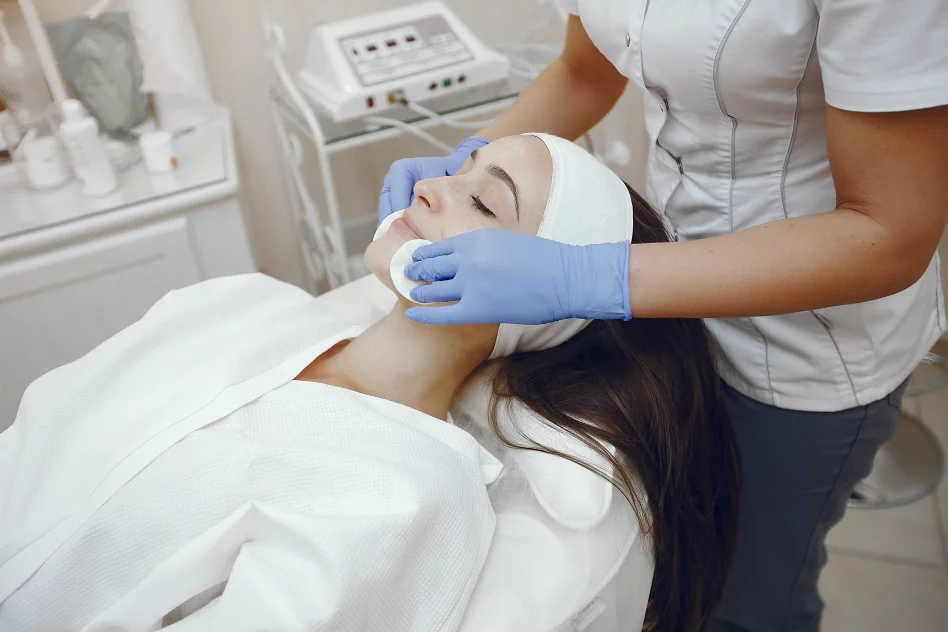
.webp)
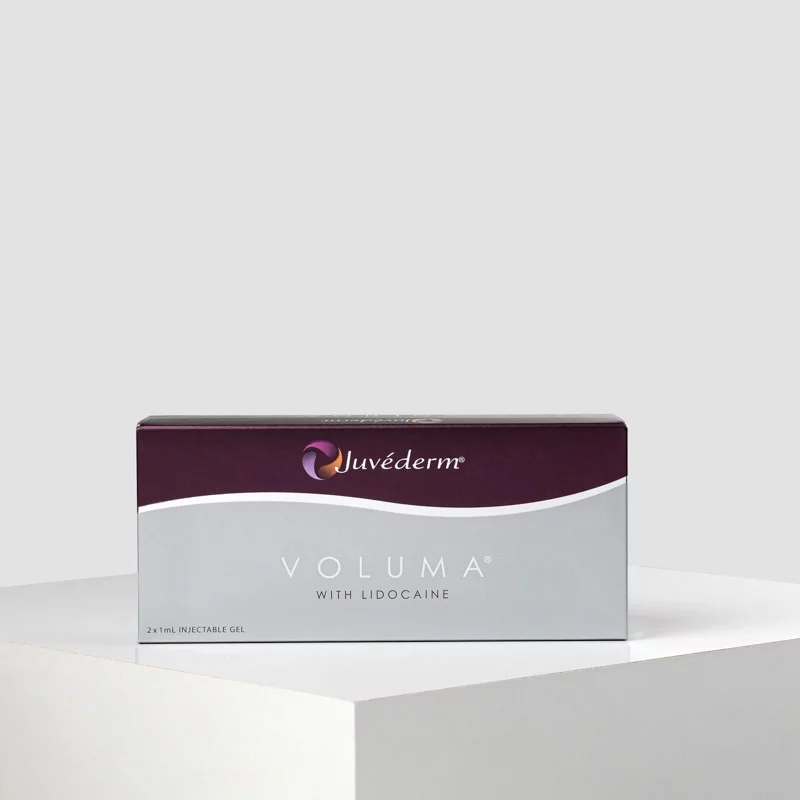
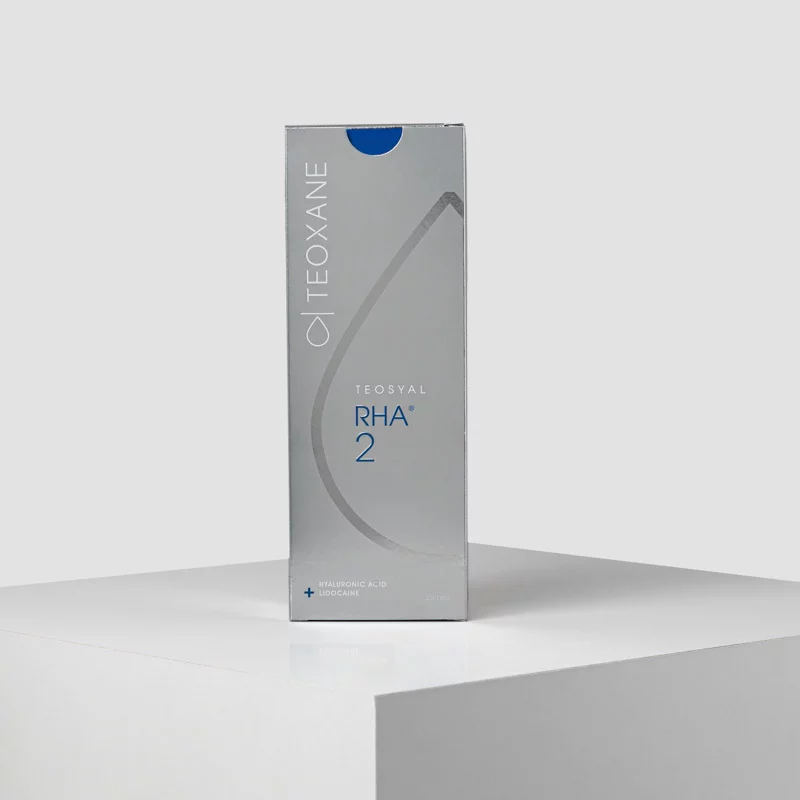
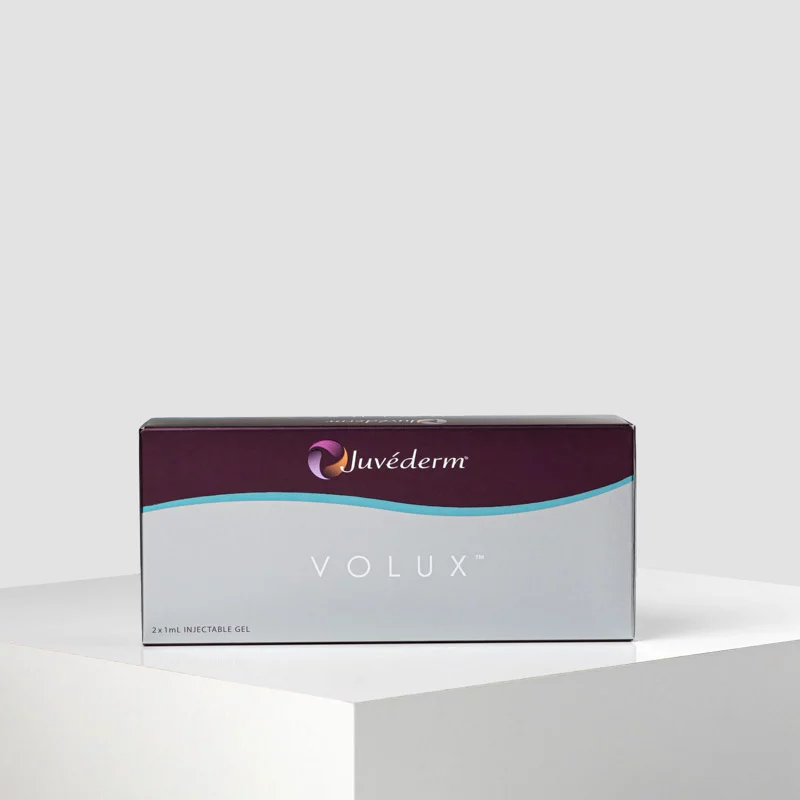
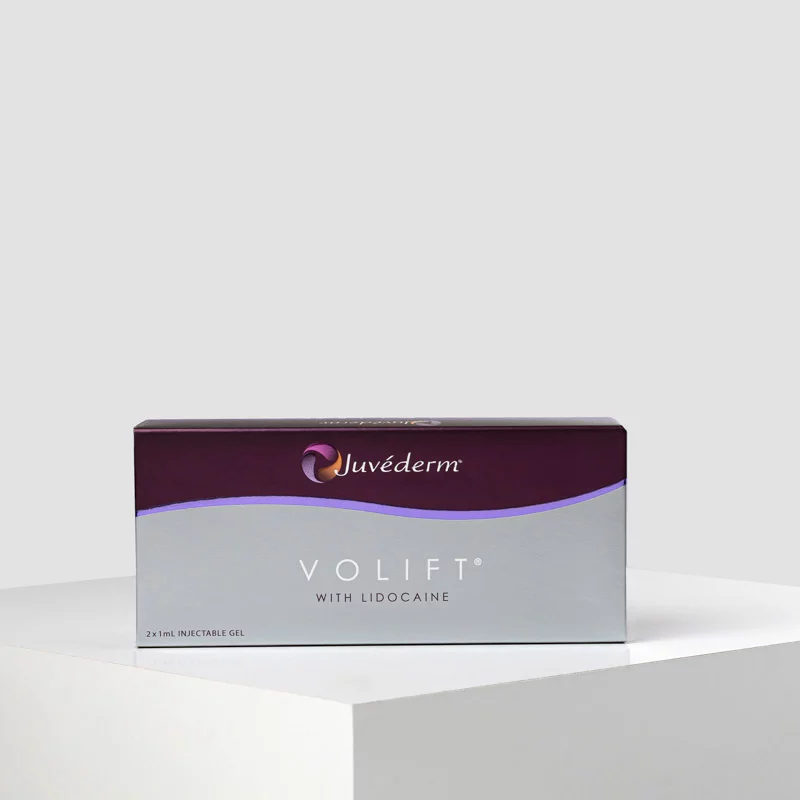
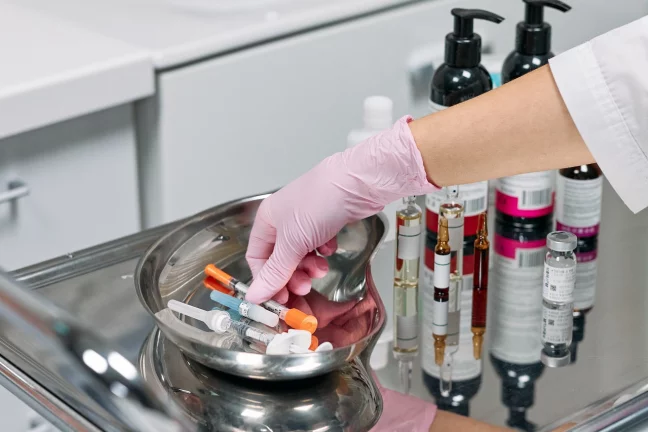

.webp)
